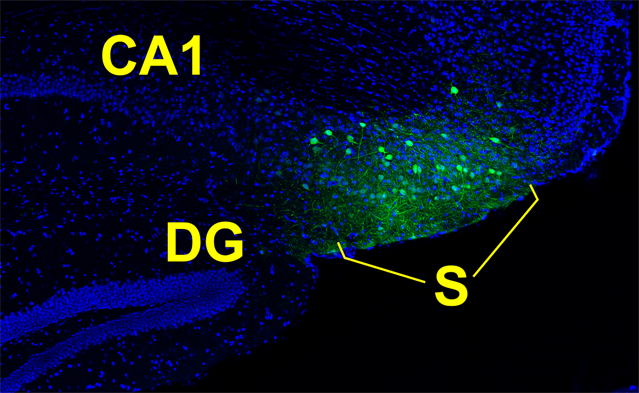Education
- MD, School of Medicine, University of Belgrade, Serbia
- PhD, Pharmacology, University of Illinois School of Medicine, Chicago, IL
- Internship, Medicine, Northwestern School of Medicine, Chicago, IL
- Residency, Neurology and Anesthesiology, Washington University School of Medicine, Saint Louis, MO
Contact Information
 Mail Stop 8130
Mail Stop 8130
12801 E. 17th Avenue, room L18-4100
Aurora, CO 80045
Telephone: (303) 724-9122
Email: [email protected]
Training Programs
Research Interests
The role of T-type (low-voltage-activated, LVA) calcium channels in the molecular mechanisms of anesthesia and analgesia.
Research Description

We use path-clamp recordings from acute brain and spinal cord slices, as well as freshly dissociated sensory neurons to elucidate the function of voltage-gated calcium channels and particularly T-type (low-voltage-activated, LVA) channels in peripheral and central sensory transmission. These channels are taught to contribute to neuronal pacemaker activity, sleep, pain signaling and seizure susceptibility. In particular, we are interested in testing new selective T-type channel inhibitors in in vitro recordings from peripheral sensory neurons and thalamic cells, as well as functional studies of nociception and anesthetic end points in vivo. We also study chronic effects of early exposure to general anesthetics on neuronal excitability in the developing brain using path-clamp recordings from thalamic slices in vitro and electroencephalographic (EEG) recordings from whole animals in vivo. Our recordings are complemented with confocal and electron microscopy to examine distribution of voltage-gated calcium channels in peripheral nerves and brain tissues. At the system level, we examine the effects of calcium channel inhibitors on pain sensation in animals with diabetic and chemotherapy-induced peripheral neuropathy, as well as in animal models of perioperative incisional pain.
Our research is funded by NIH research grants from NINDS and NIGMS.
